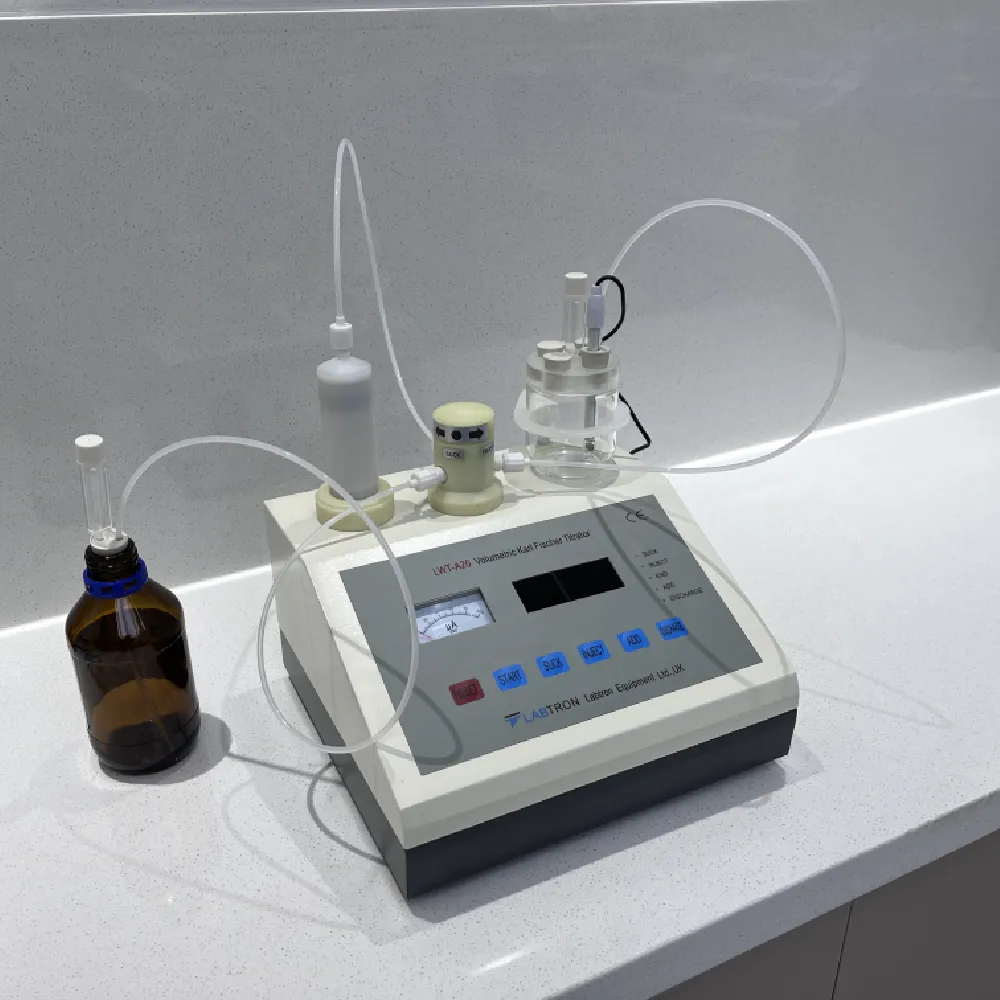 English
English


lightning impulse test on transformer
Lightning Impulse Test on Transformers Ensuring Reliability and Safety
Transformers play a crucial role in the electrical power system, serving as devices that step up or step down voltage levels to ensure efficient electricity transmission and distribution. Given their significance, it is imperative that transformers operate reliably under various conditions, including extreme weather events such as lightning strikes. One of the essential tests conducted to assess the resilience of transformers to such phenomena is the lightning impulse test.
Understanding the Lightning Impulse Test
The lightning impulse test is designed to evaluate the ability of transformers to withstand high-voltage transients caused by lightning strikes. These transients can induce overvoltages in electrical equipment, potentially leading to insulation failure and subsequent operational disruptions or damage. The test simulates a lightning strike by delivering a high-voltage impulse to the transformer, mimicking the electrical surge that occurs when lightning impacts the power system.
Typically, the lightning impulse waveform is characterized by a steep front and a relatively long tail. The most common standard used in these tests is specified by the International Electrotechnical Commission (IEC) and involves a standard impulse of 1.2/50 microseconds. This waveform is designed to reflect the rapid rise time associated with actual lightning strikes and provides a basis for assessing the transformer's insulation system.
Importance of the Test
The significance of the lightning impulse test cannot be overstated. First and foremost, it provides critical data on the dielectric strength of the transformer’s insulation system. Insulation failure is one of the leading causes of transformer outages, and understanding the limits of a transformer's insulation allows manufacturers and operators to design and select materials that can withstand anticipated conditions.
lightning impulse test on transformer

Additionally, the lightning impulse test is instrumental in ensuring compliance with international safety standards. Many regulatory bodies and standard organizations mandate that transformers meet specific criteria related to their ability to handle surges and transients. By conducting these tests, manufacturers can ensure their equipment complies with these standards, promoting safety and reliability in the power system.
Test Procedure
The lightning impulse test involves several steps. First, the transformer is prepared and positioned in a testing area that meets safety regulations. All necessary connections are made to allow for the delivery of high-voltage impulses. Once everything is in place, the test operator initiates the impulse generator, which produces the high-voltage surge.
The transformer is subjected to several impulses, typically ranging from one to a few dozen, depending on the testing standards and requirements. The test monitors the transformer's behavior during these impulses, checking for any signs of flashover, partial discharge, or insulation breakdown. After the test, the transformer undergoes a thorough evaluation to assess any changes in its electrical properties or signs of damage.
Interpretation of Results
Analyzing the results of the lightning impulse test is vital for understanding the performance and reliability of the transformer. If the transformer withstands the applied impulses without any failures, it indicates a robust insulation system capable of handling overvoltages. However, if breakdown occurs, it signals the need for design modifications, material improvements, or enhanced protective measures.
In conclusion, the lightning impulse test plays a fundamental role in ensuring that transformers can endure the rigors of electrical transients induced by lightning strikes. By simulating these conditions, manufacturers and operators can better understand the limits of a transformer's insulation, ensure compliance with safety standards, and ultimately contribute to a more stable and reliable power system. As the reliance on electrical infrastructure increases globally, investing time and resources in such testing is crucial for safeguarding both equipment and the communities they serve.
-
Differences between open cup flash point tester and closed cup flash point testerNewsOct.31,2024
-
The Reliable Load Tap ChangerNewsOct.23,2024
-
The Essential Guide to Hipot TestersNewsOct.23,2024
-
The Digital Insulation TesterNewsOct.23,2024
-
The Best Earth Loop Impedance Tester for SaleNewsOct.23,2024
-
Tan Delta Tester--The Essential Tool for Electrical Insulation TestingNewsOct.23,2024





